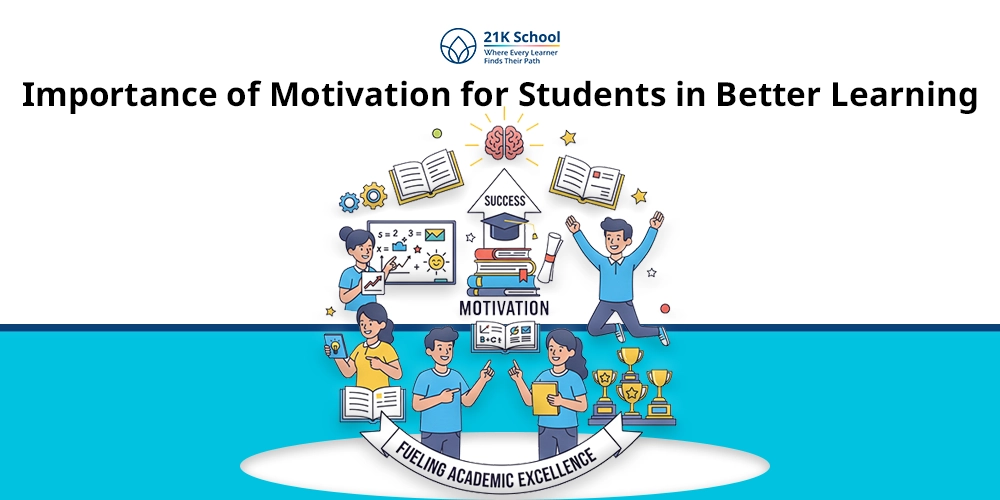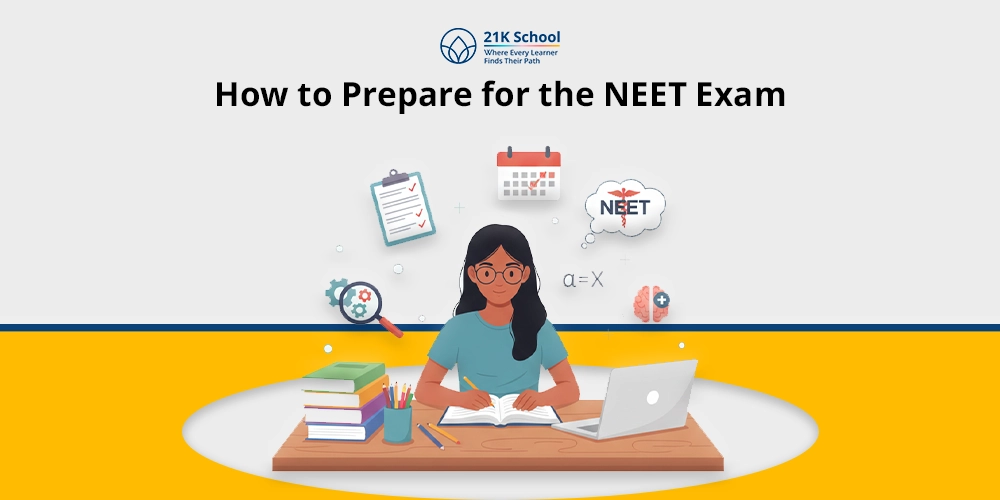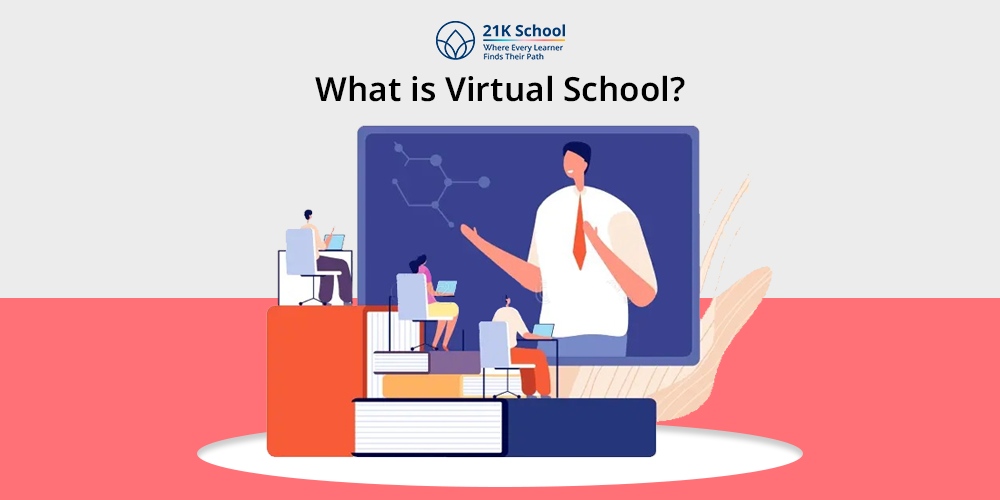
The traditional education system is changing drastically. Thanks to advancements in technology, students today can participate in a virtual learning environment without ever leaving their homes.
Virtual schools are a new and dynamic educational option that combines academic value and flexibility, and it is setting a new precedent in education .
If you are a parent looking for a learning option for your child or a student interested in pursuing online learning , the first step towards making the best decision is understanding how virtual school works.
Contents
What is Virtual School?

A virtual school is an educational medium where most, if not all, of the teaching and learning occur online.
When students were in traditional schools , they had to be physically present, and the students learned collectively in a classroom.
But in virtual schools, students attend classes, do assignments, take exams, meet their teachers, and connect with students online over the internet.
Virtual schools provide flexibility, accessibility and innovation in education. They are a great fit for students of every age, ability, and preference for learning.
How Does Virtual School Work?
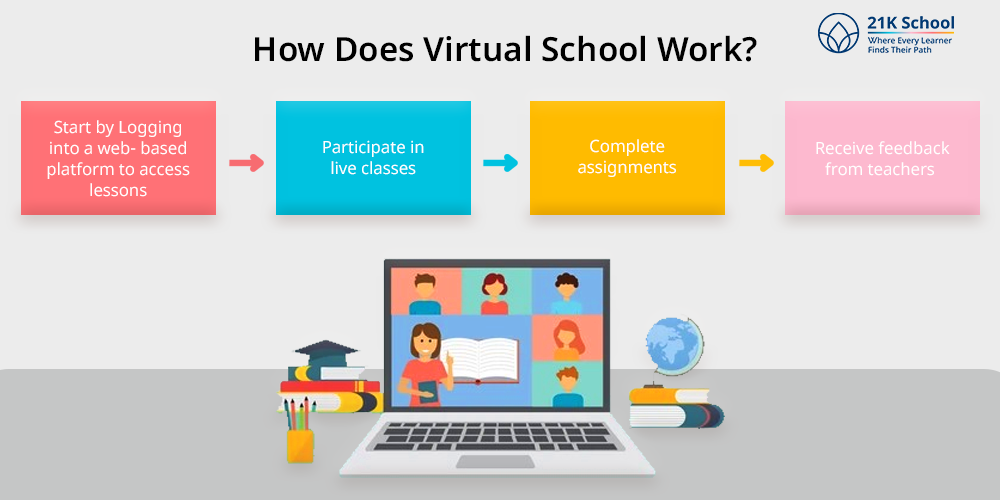
A day in virtual schooling can vary based on the student’s grade level, the teaching model put forth by the school, and courses taken during that period.
A general day in a virtual school is spent logging into a web-based platform to access lessons, participate in live classes, complete assignments, and receive feedback from teachers.
Live classes are conducted using a web-based video conferencing tool, while coursework is administered using a learning management system (LMS) .
Depending on whether the course is synchronous or asynchronous, students can work by following the scheduled lesson plan.
The role of parents can be more prominent depending on the developmental stage and age of the students. For example, younger students may require additional assistance to remain focused on class and the online platform.
Types of Virtual Schools
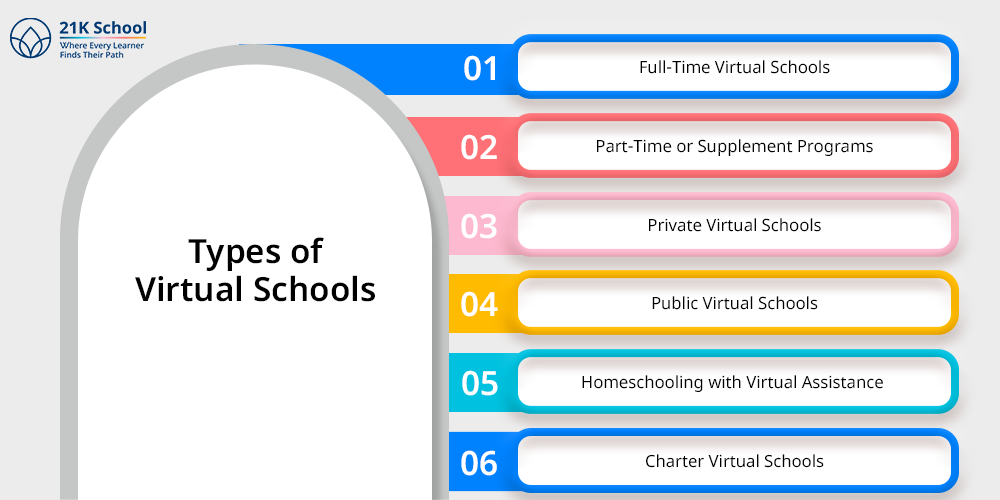
Virtual schooling is not always cut from the same cloth. There are several different models to serve various experiences and educational purposes of students.
1. Full-Time Virtual Schools
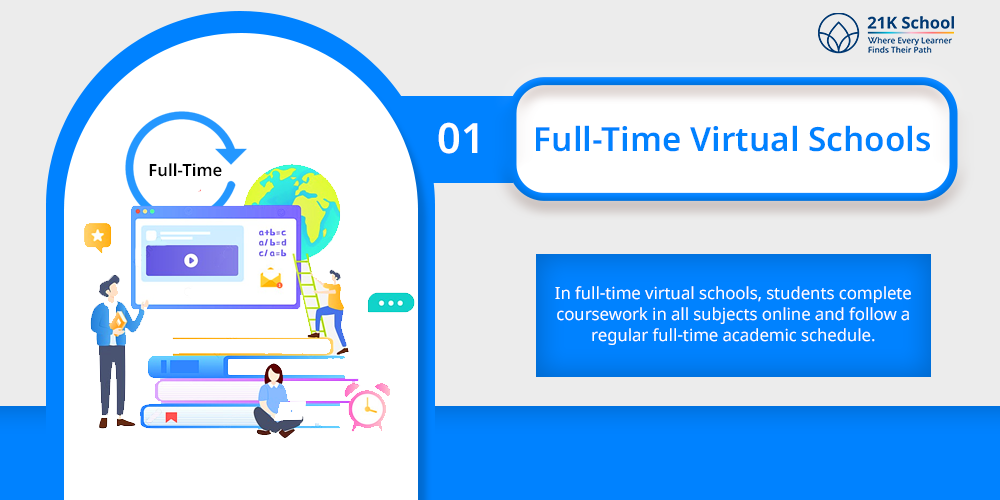
In full-time virtual schools, students complete coursework in all subjects online and follow a regular full-time academic schedule.
These schools often run on a semester system with structured learning paths, similar to traditional schools.
2. Part-Time or Supplement Programs
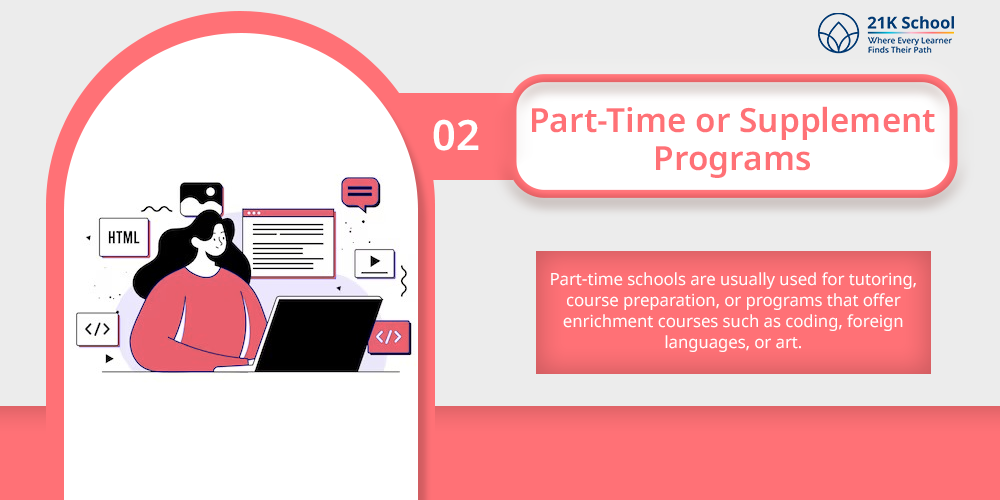
These work well for students wanting to tie together their online learning and their physical school learning.
Part-time schools are usually used for tutoring, course preparation, or programs that offer enrichment courses such as coding, foreign languages, or art.
3. Private Virtual Schools
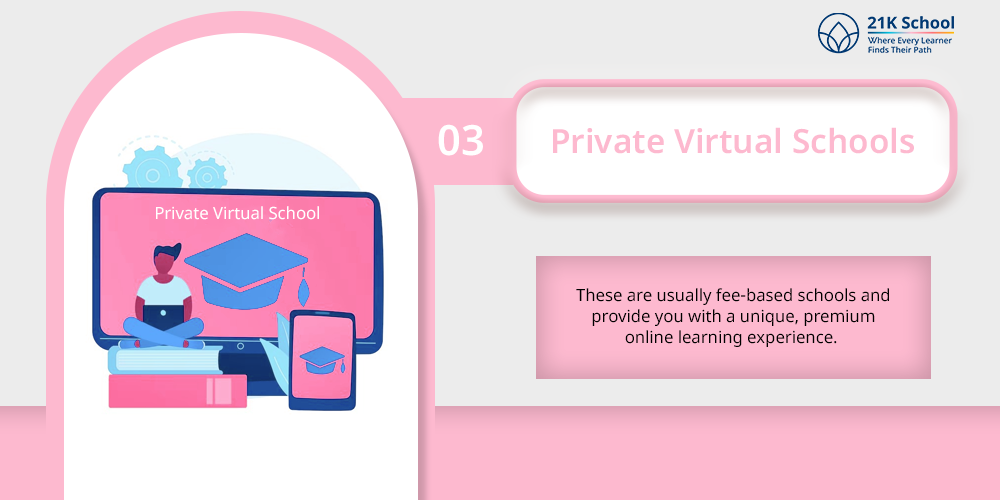
These are usually fee-based schools and provide you with a unique, premium online learning experience . Classes tend to have a lower student-to-teacher ratio.
Private schools also may offer international curricula, greater flexibility, additional personalisation, one-on-one mentoring and counselling.
4. Public Virtual Schools
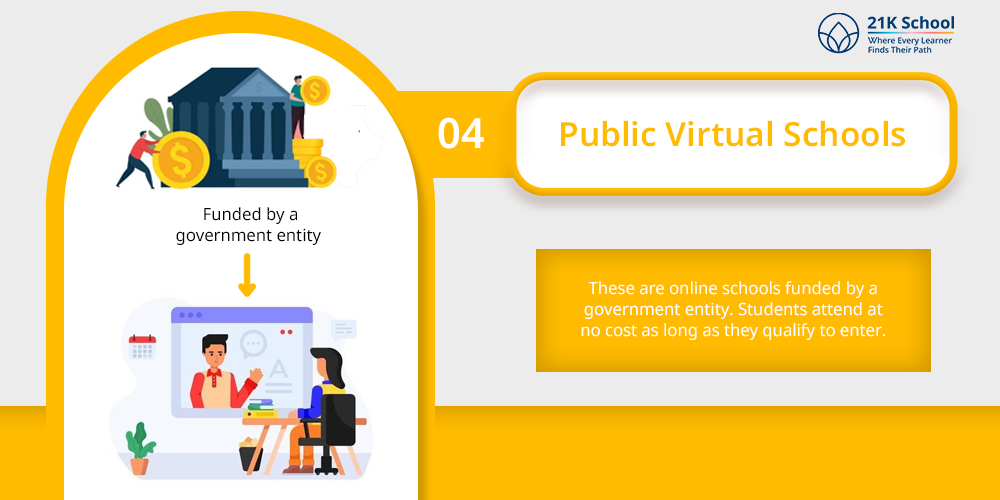
These are online schools funded by a government entity. Students attend at no cost as long as they qualify to enter.
Public virtual schools follow the national curriculum and provide options for students requiring a more flexible learning style or those looking for an alternative method as a result of health issues, relocation, or other personal circumstances.
5. Homeschooling with Virtual Assistance
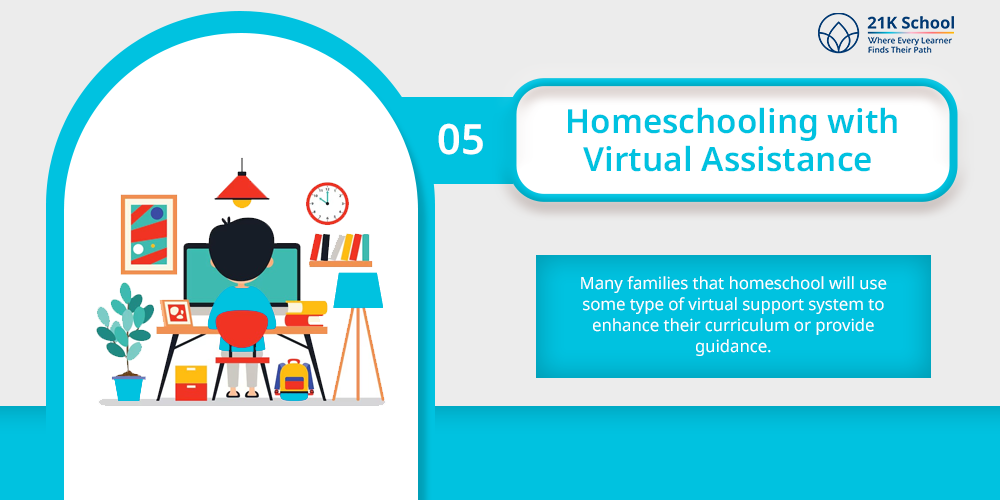
Many families that homeschool will use some type of virtual support system to enhance their curriculum or provide guidance.
While parents are in charge, virtual schools provide expert support, teaching resources, and opportunities for certified teachers to work in certain subjects.
6. Charter Virtual Schools
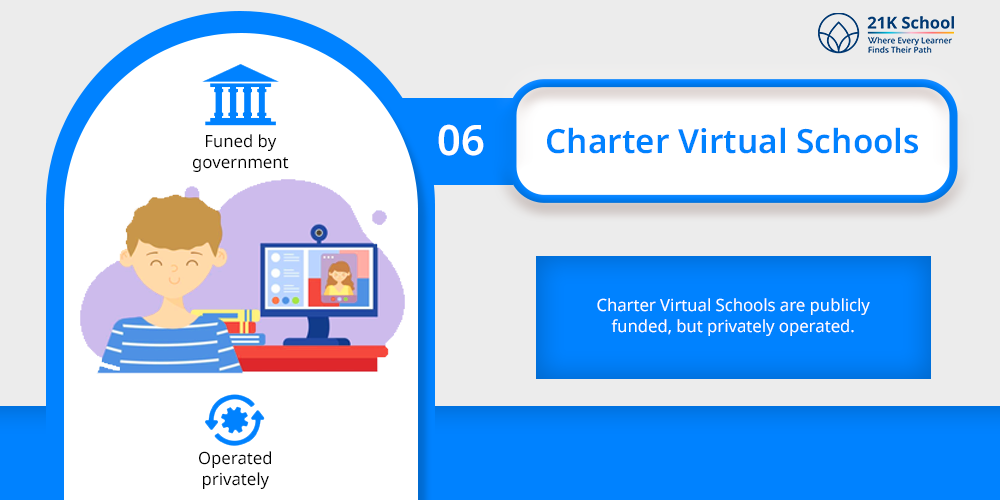
Charter Virtual Schools are publicly funded, but privately operated. They have more freedom to establish their curriculum as well as innovate their instructional styles.
They offer many largely specialised areas such as STEM, the fine arts, or vocational education .
Benefits of Virtual Schooling
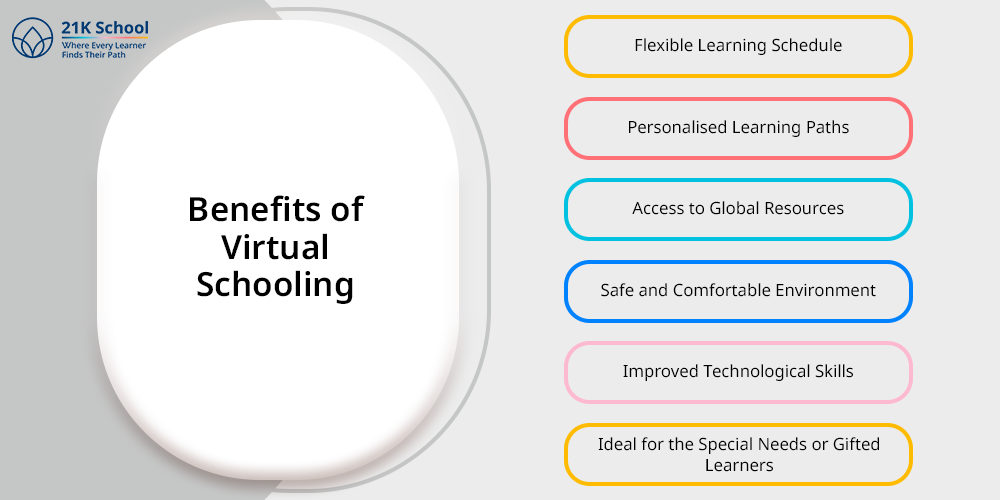
Virtual learning comes with several key advantages that appeal to modern learners and parents:
1. Flexible Learning Schedule
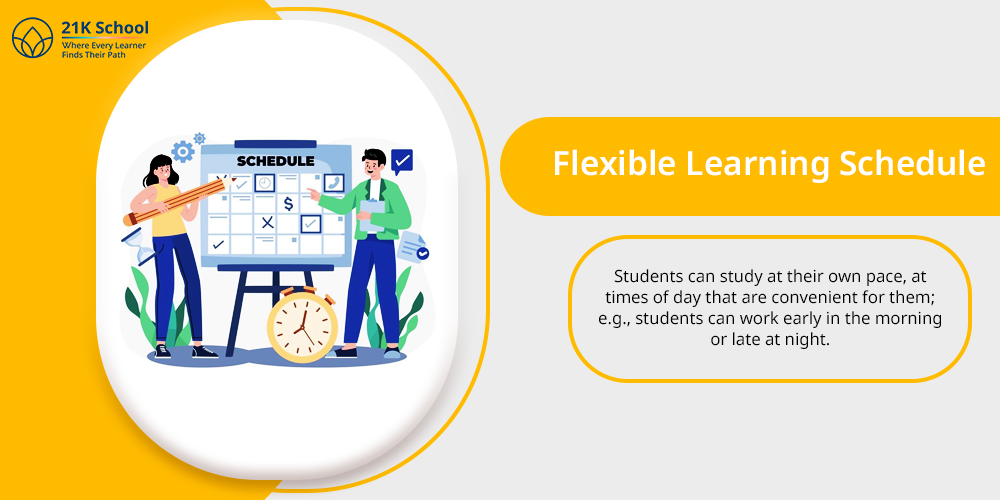
Students can study at their own pace, at times of day that are convenient for them; e.g., students can work early in the morning or late at night.
This feature is especially useful for those who are active in competitive sports, involved in the arts, or travelling families.
2. Personalised Learning Paths
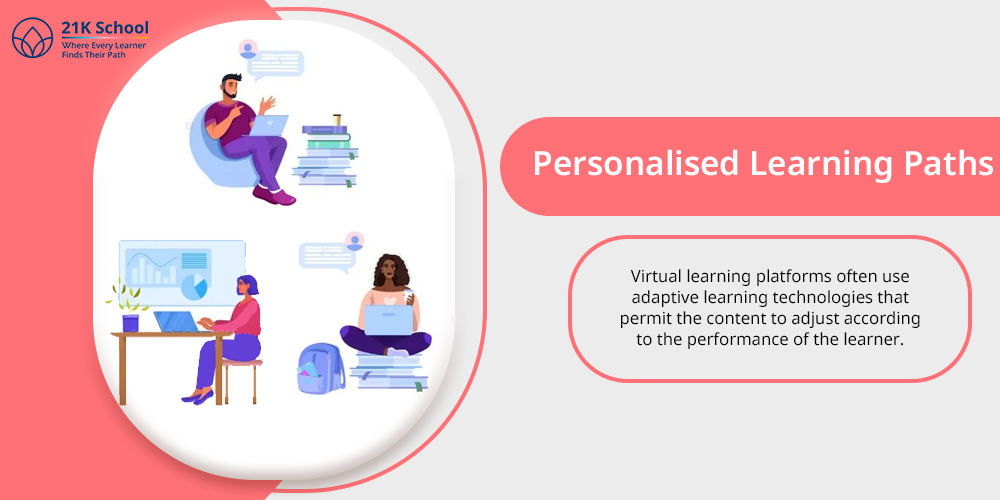
Virtual learning platforms often use adaptive learning technologies that permit the content to adjust according to the performance of the learner.
The student can focus on their weak areas, but keep moving on in areas where they excel.
3. Access to Global Resources
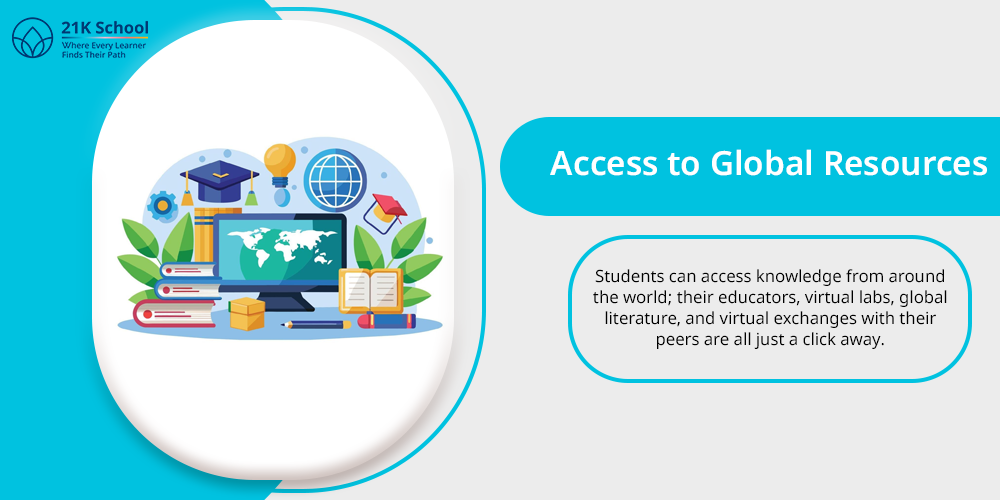
Students can access knowledge from around the world; their educators, virtual labs, global literature, and virtual exchanges with their peers are all just a click away.
4. Safe and Comfortable Environment
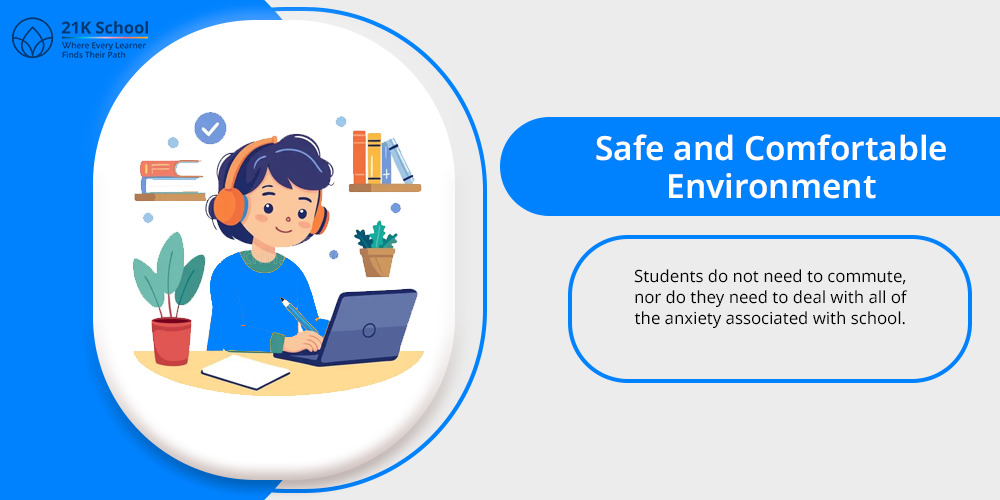
Students do not need to commute, nor do they need to deal with all of the anxiety associated with school.
Consequently, many feel more comfortable and secure studying from home, which improves focus and performance.
5. Improved Technological Skills
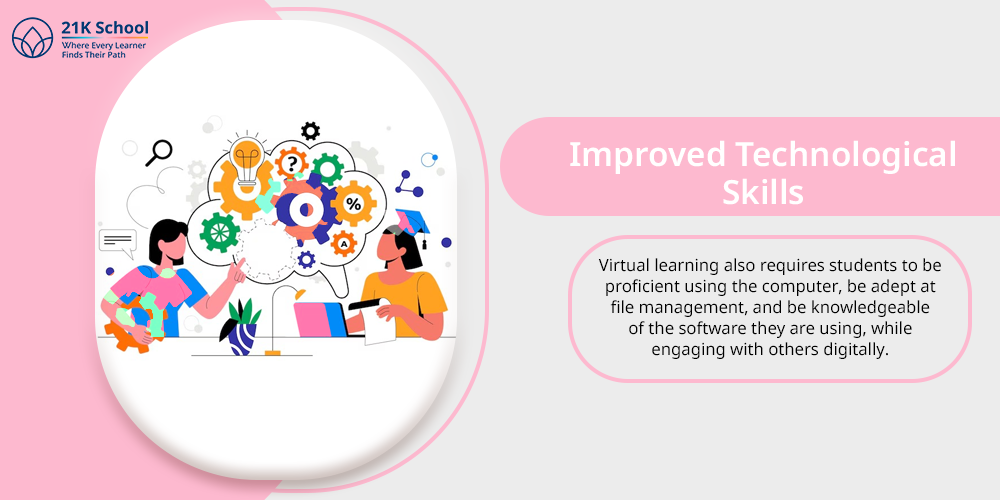
Virtual learning also requires students to be proficient using the computer, be adept at file management, and be knowledgeable of the software they are using, while engaging with others digitally.
All these skills are stepping stones to digital literacy and being successful in today’s world.
6. Ideal for the Special Needs or Gifted Learners
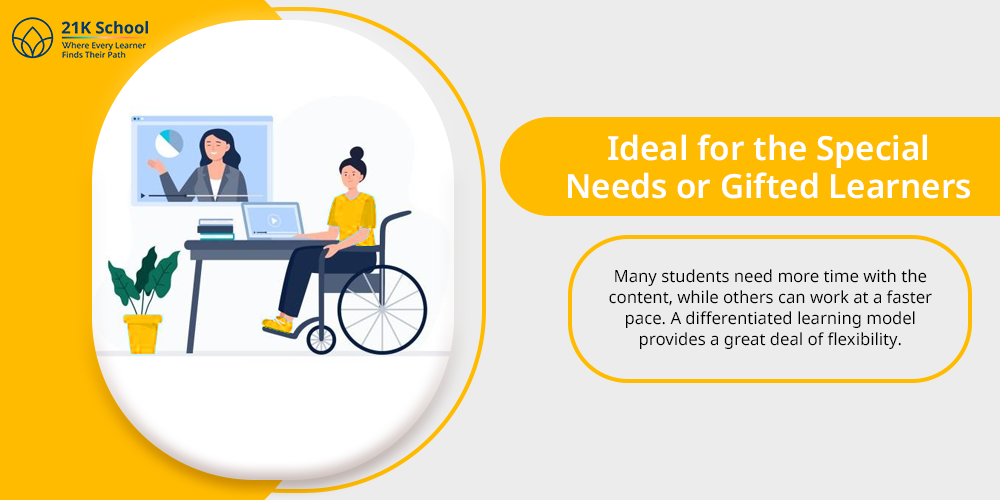
Many students need more time with the content, while others can work at a faster pace. A differentiated learning model provides a great deal of flexibility.
Several virtual schools provide students with learning accommodations, as well as programs to support gifted students.
Challenges and Limitations of Virtual Schools

While it brings many advantages, virtual schooling also has challenges to consider:
1. Lack of Face-to-Face Interaction
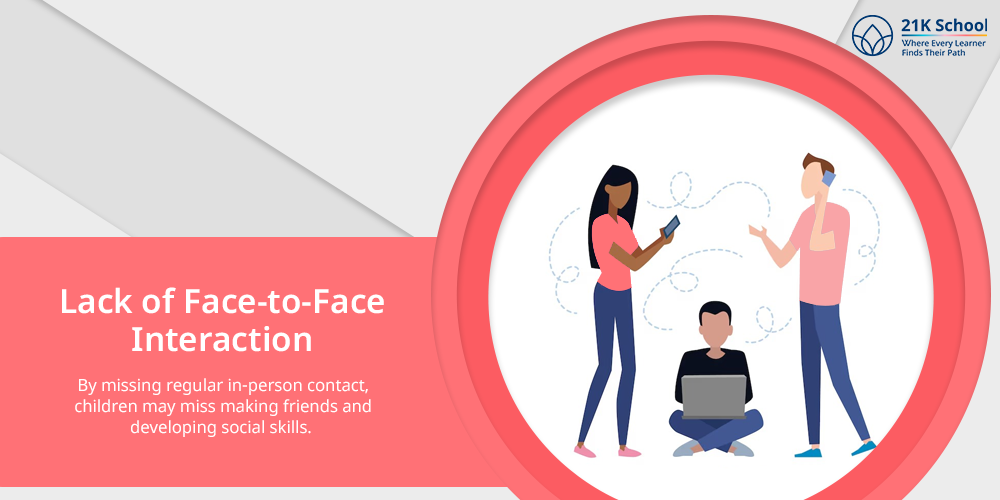
By missing regular in-person contact, children may miss making friends and developing social skills . It can also be a lot harder to create group opportunities where effective collaboration takes place.
2. Issues with Self-Discipline, Motivation, and Time Management
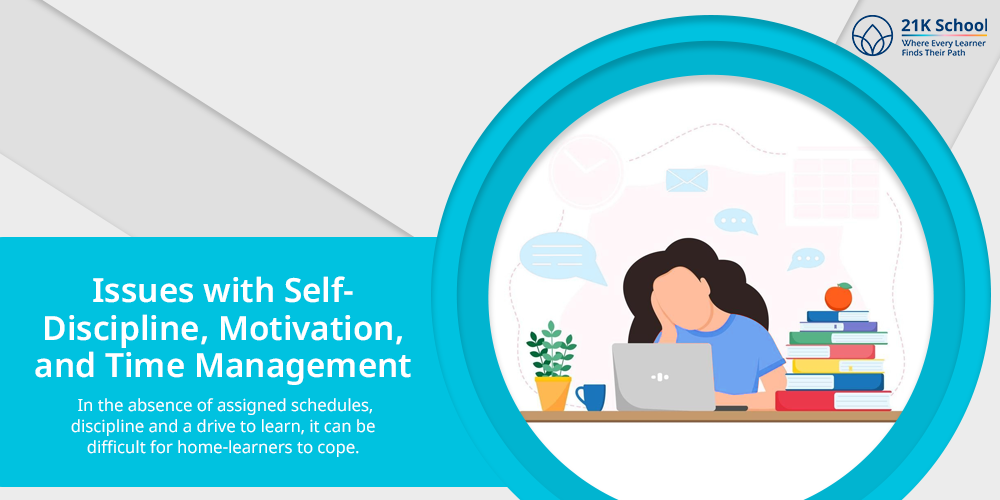
Successful virtual school students need to be driven and organised learners. In the absence of assigned schedules, discipline and a drive to learn, it can be difficult for home-learners to cope.
Read for tips on creating a homeschooling schedule
3. Technical Challenges
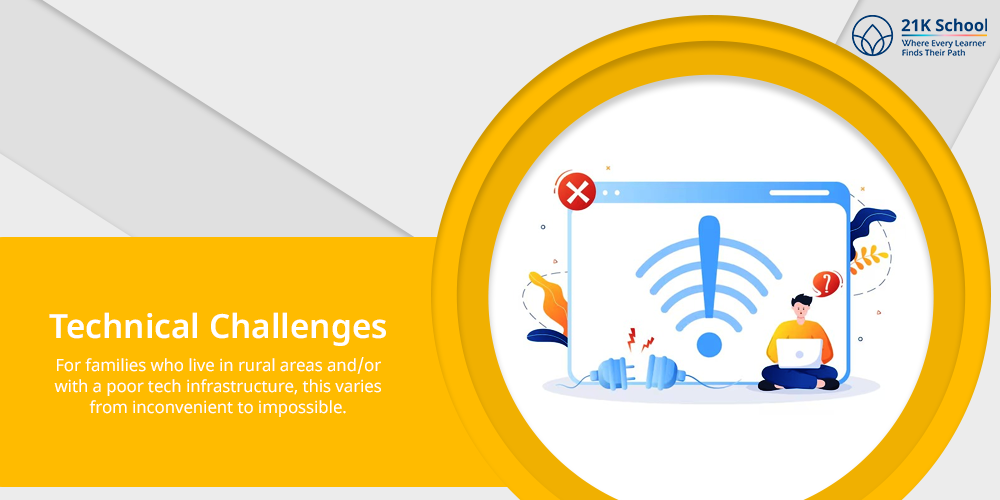
Learning mainly depends on a stable internet connection and the devices available at home. For families who live in rural areas and/or with a poor tech infrastructure, this varies from inconvenient to impossible.
4. Parental Involvement
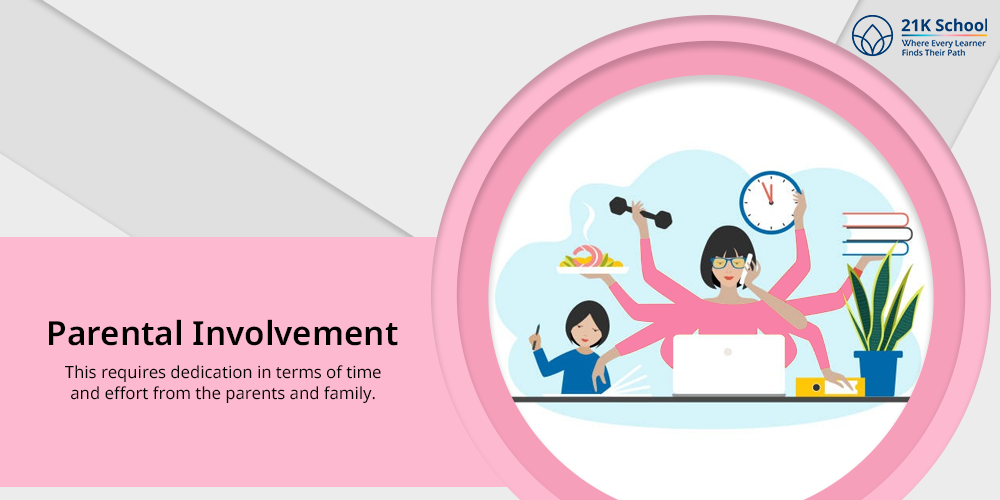
Especially in the lower grades, parents tend to be co-teachers or learning guides. This requires dedication in terms of time and effort from the parents and family.
5. Quality Varies by Institution
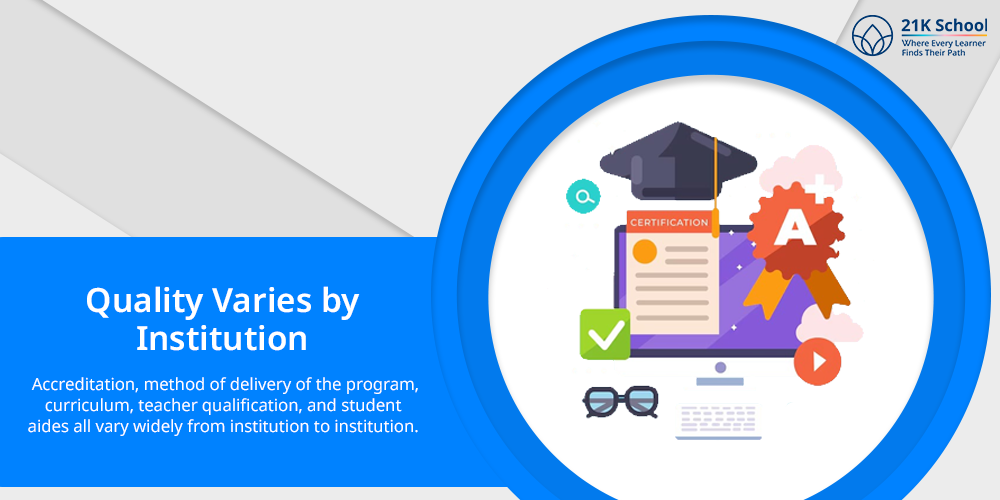
Not all virtual schools are the same. Accreditation, method of delivery of the program, curriculum, teacher qualification, and student aides all vary widely from institution to institution.
Technologies and Tools Used in Virtual Schools
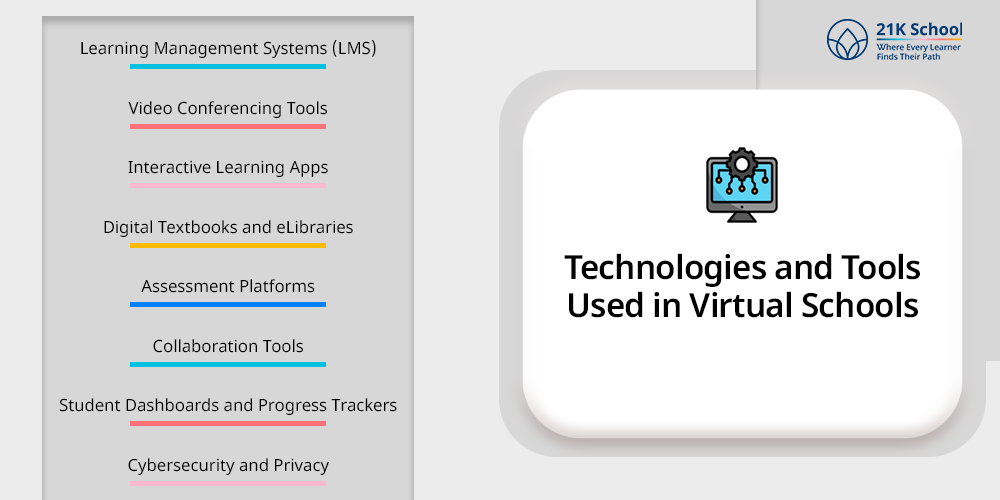
Successful virtual schools are made possible through a variety of technologies and tools to assist learning.
1. Learning Management Systems (LMS)

These systems organise lessons, manage grades, and house all educational content. The current leading LMSs are Google Classroom, Canvas, and Moodle.
2. Video Conferencing Tools

Teachers conduct live classes and 1-on-1 sessions using video conferencing tools such as Zoom, Google Meet, or Microsoft Teams.
3. Interactive Learning Apps
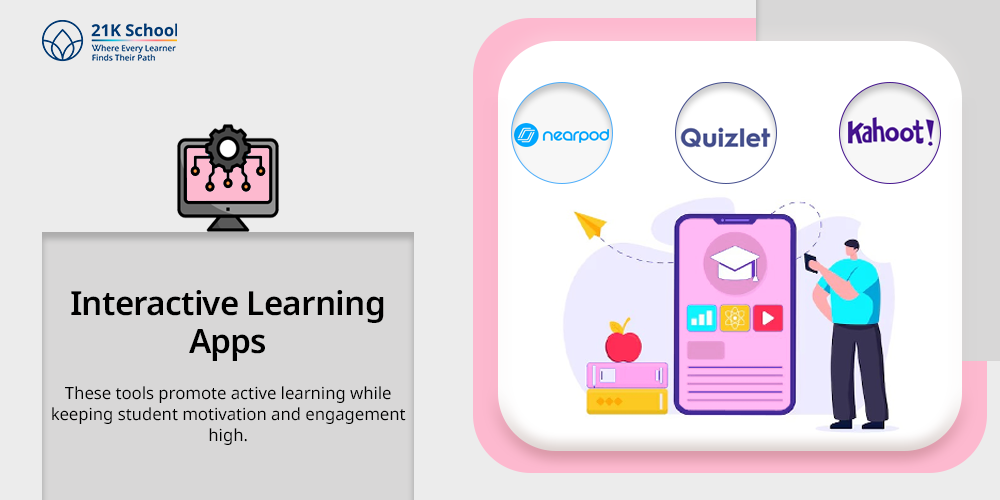
Virtual schools use engaging interactive learning apps, such as Nearpod, Quizlet, and Kahoot, to impart essons. These tools promote active learning while keeping student motivation and engagement high.
4. Digital Textbooks and eLibraries
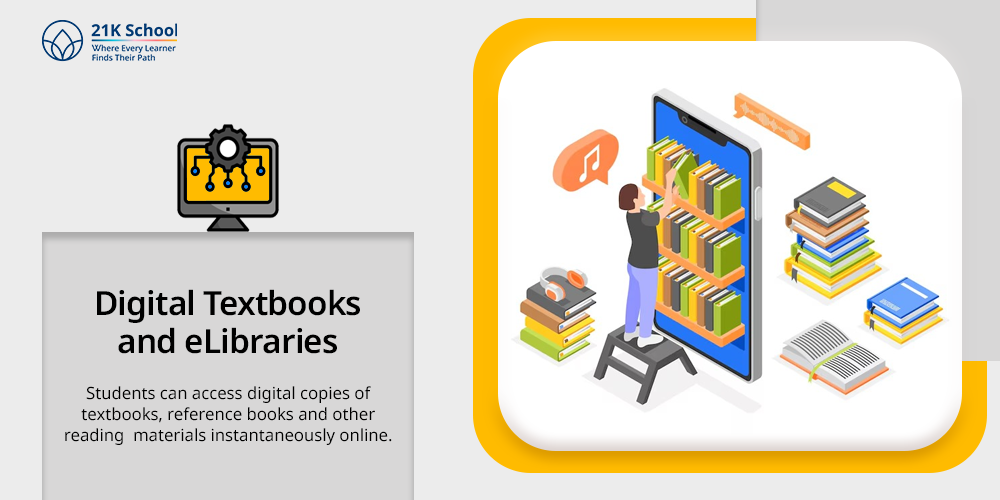
Students can access digital copies of textbooks, reference books and other reading materials instantaneously online, therefore increasing their independence to read without the boundaries of physical books.
5. Assessment Platforms
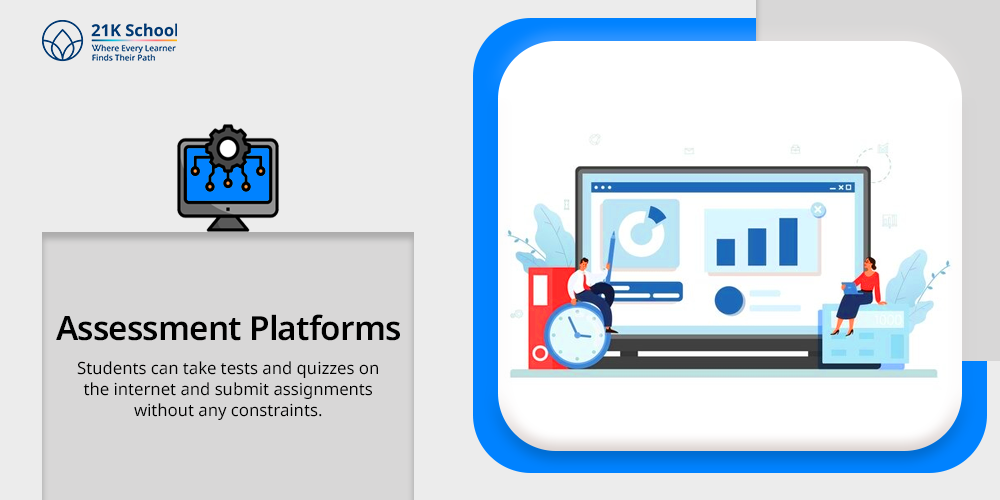
Students can take tests and quizzes on the internet and submit assignments without any constraints. Feedback is also quick and personalised.
6. Collaboration Tools
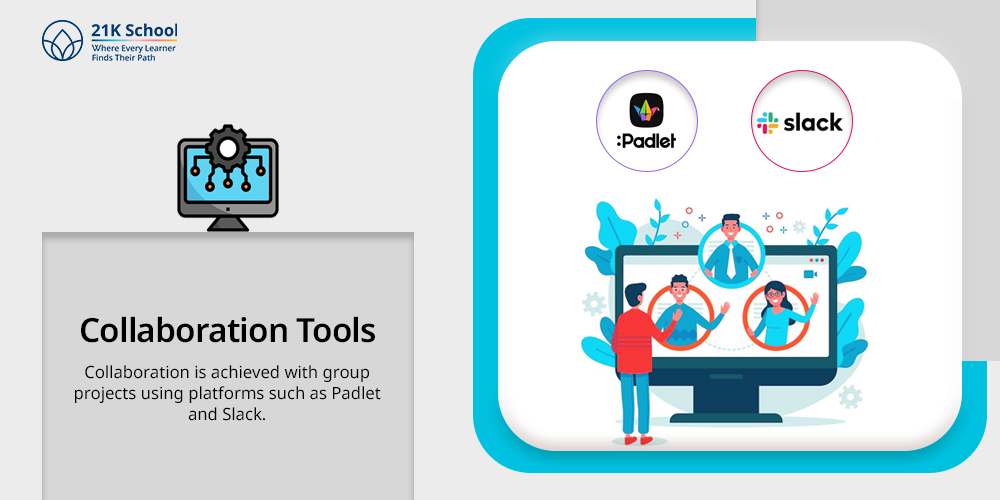
Collaboration is achieved with group projects using platforms such as Padlet and Slack. Collaboration tools improve teamwork, communication, and project-based learning .
7. Student Dashboards and Progress Trackers
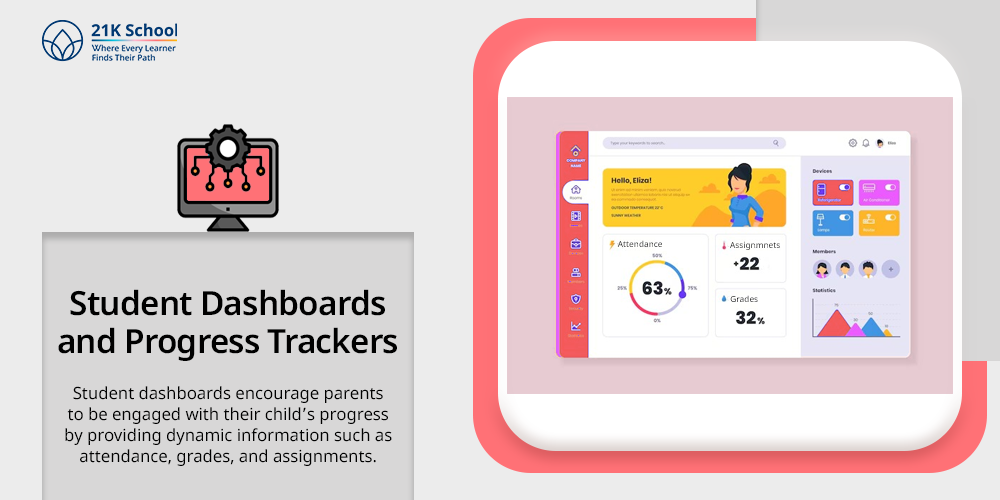
Student dashboards encourage parents to be engaged with their child’s progress by providing dynamic information such as attendance, grades, and assignments.
8. Cybersecurity and Privacy
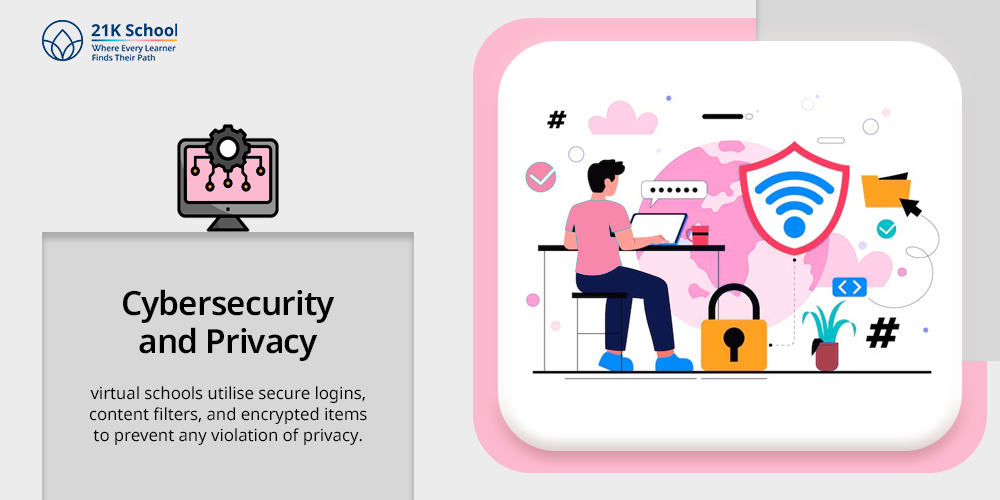
Online learning has led to conversations around the digital safety of students, so virtual schools utilise secure logins, content filters, and encrypted items to prevent any violation of privacy.
Virtual Schools in India
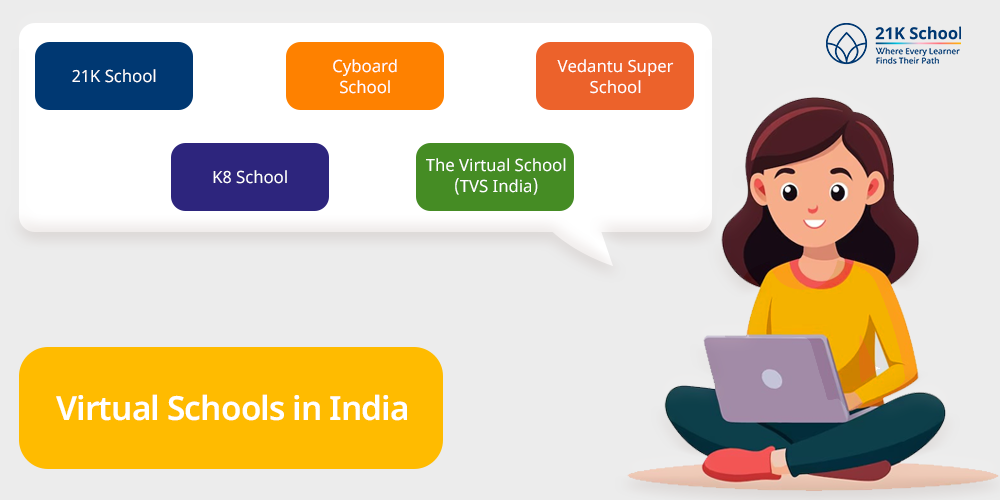
Virtual schools in India are changing the education landscape. They provide the entire academic experience online, with live classes, assignments, assessments, and much more.
Here are the top 5 virtual schools in India:
21K School
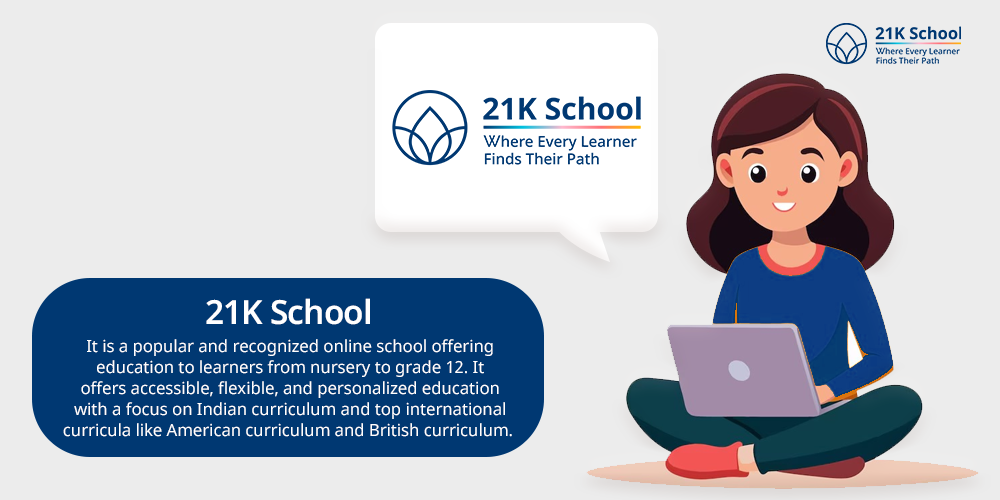
- Board affiliation: CBSE, Cambridge (IGCSE), American Curriculum
- Grades offered: Nursery to grade 12
- Highlights: India’s first online-only school that has structured schedules, live classes, assessments, and globally recognised accreditation.
K8 School

- Board affiliation: American Curriculum
- Grades offered: Nursery to grade 8
- Highlights: India’s first accredited online school for K-8 with personalised learning plans.
Cyboard School
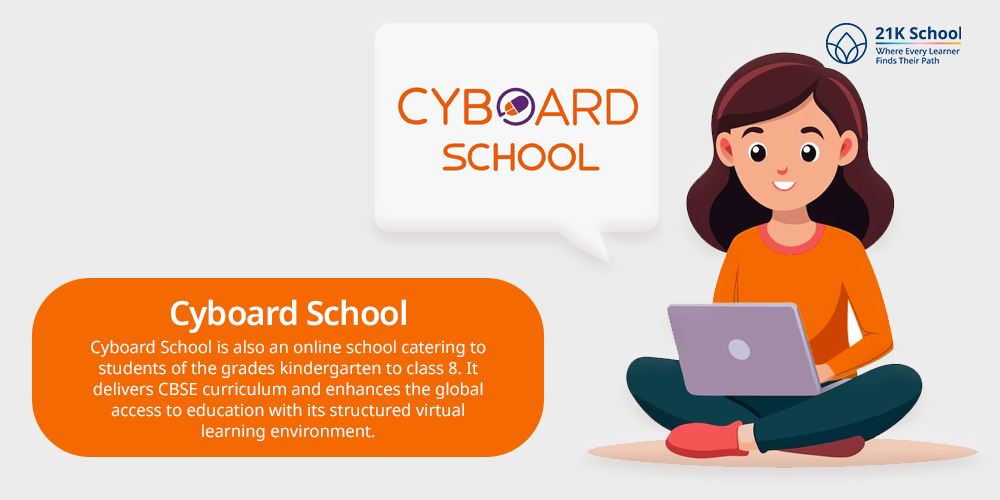
- Board affiliation: CBSE-aligned curriculum
- Grades offered: Nursery to grade 10
- Highlights: AI-driven learning, digital classrooms , and interactive learning experiences.
The Virtual School (TVS India)
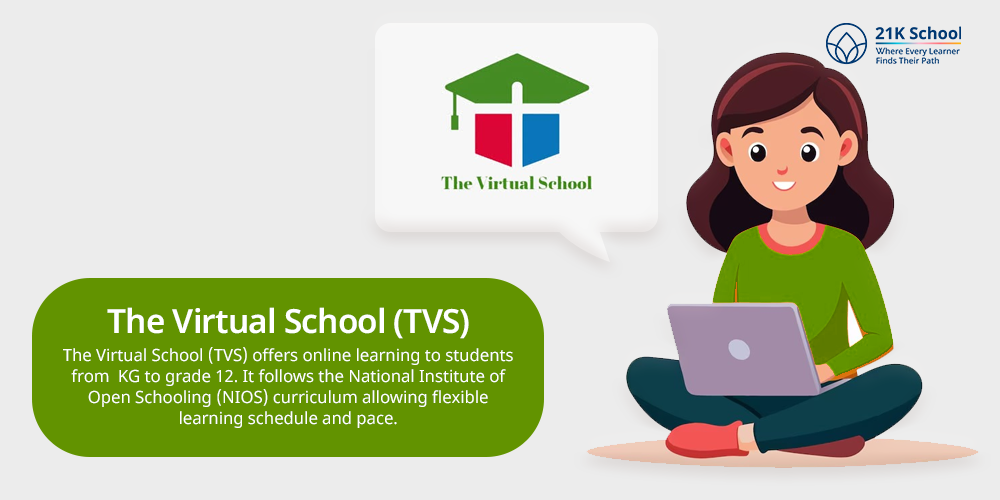
- Board affiliation: NIOS
- Grades offered: Grades 6 to 12
- Highlights: ideal for students needing flexibility in learning pace and schedule.
Vedantu Super School
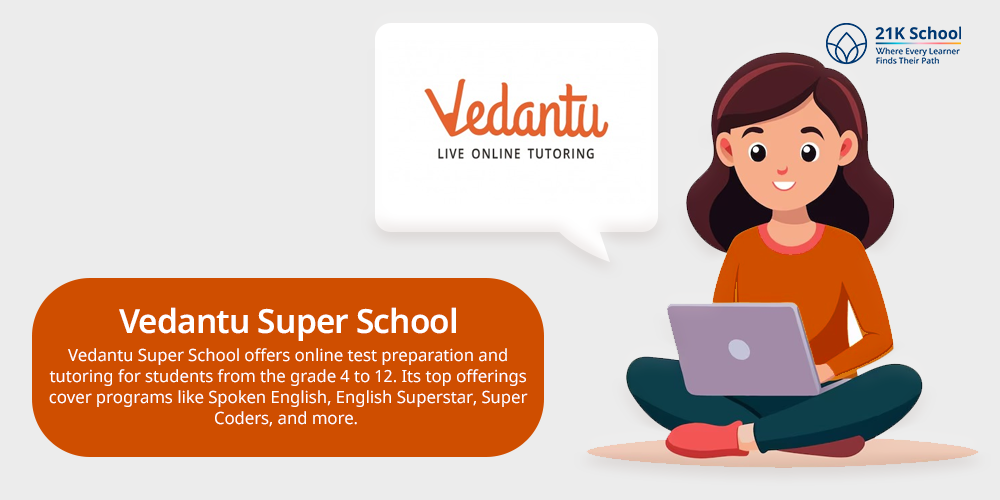
- Board affiliation: CBSE (aligned)
- Grades offered: Grades 6 to 12
- Highlights: Live online classes with top faculty, integrated test prep (NEET/JEE).
Final Words
The future of education is digital. As schools across the world take on blended learning, virtual education is rapidly becoming the standard choice moving forward.
Future virtual schools will combine artificial intelligence, virtual reality and gamified educational ideas so that they can provide more engagement and learning in educational experiences.
As demand increases and technology improves, virtual schools will turn into not so much an option, but what will be essential and attractive to many families.

